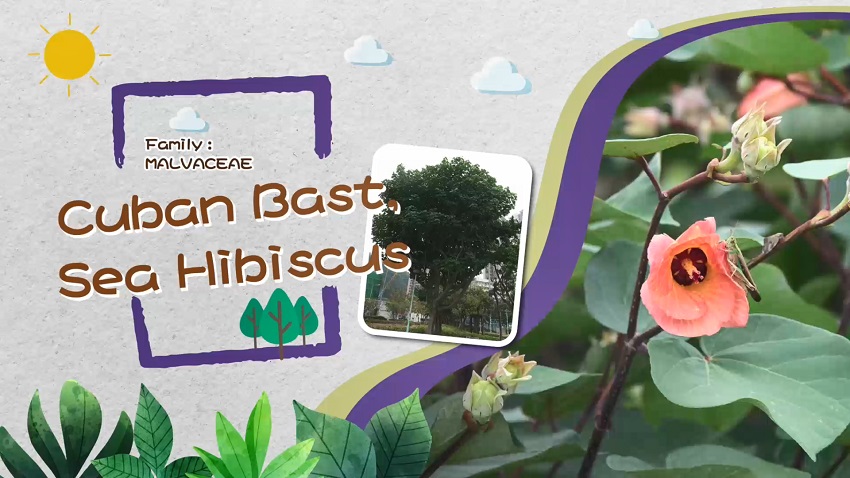| Growing habit |
Evergreen tree. |
| Height |
To 7 m. |
| Stems |
Bark of trunk greyish white. Main trunk not obvious with lower branching for the natural individuals in coastal habitats. Cultivated ones have relatively clear main trunk. |
| Leaves |
Leathery, suborbicular to broadly ovate, base cordate, apex acute or abruptly acuminate. The shape of leaves is similar to a heart symbol. Basal veins 7 or 9. |
| Flowers |
Yellow, campanulate, slightly drooping, like bells. Calyx 5-lobed, lobe lanceolate. Corolla 5-lobed, lobes obovate, yellow in early anthesis, later turns orange red, inner base dark purple. Stamens monadelphous, many. Style of pistil 5-branched, like 5 tiny pompoms. |
| Fruits |
Capsule ovoid, valves 5, woody. |
| Seeds |
Reniform, smooth. |
| Flowering period |
July to August in Hong Kong. |
| Fruiting period |
September to November in Hong Kong. |








